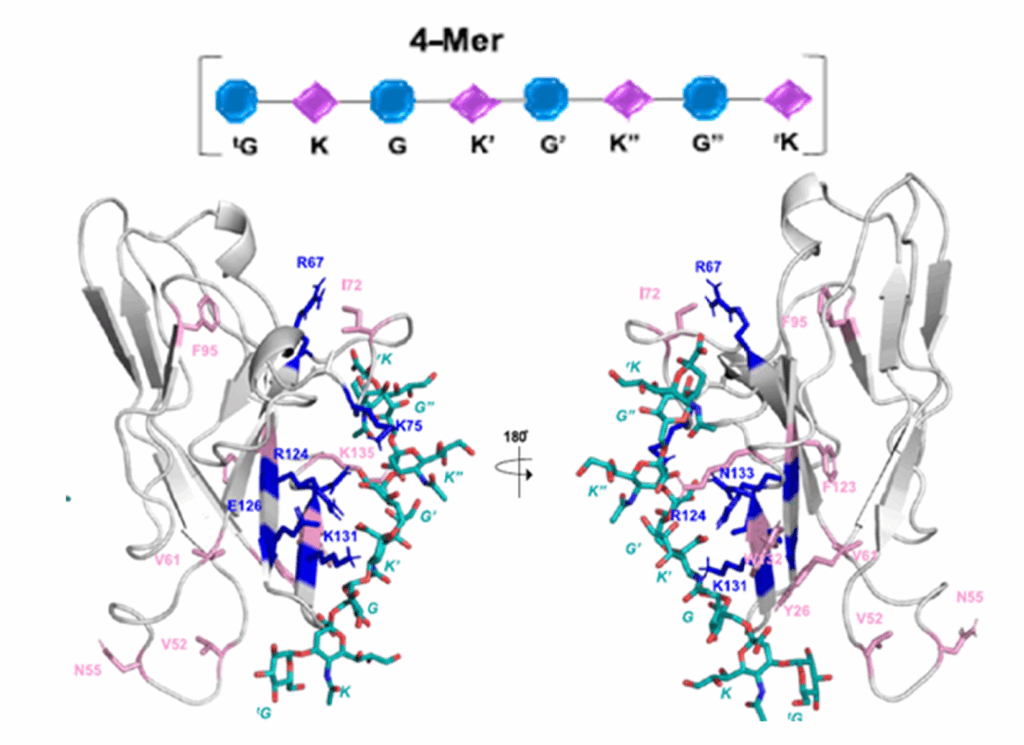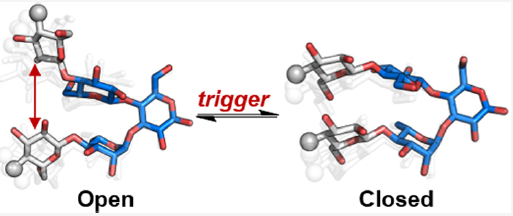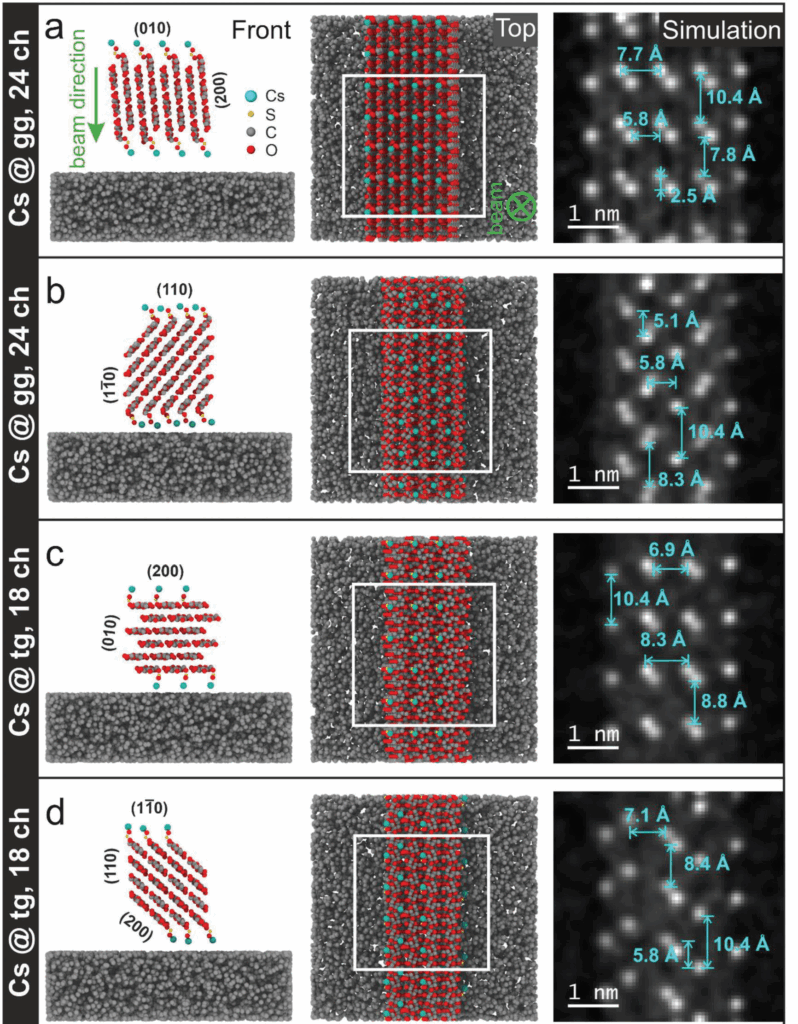Carbohydrates are chemically and structurally diverse biomolecules, serving numerous and varied roles in agricultural ecosystems. Crops and horticulture products are inherent sources of carbohydrates that humans and non-human animals consume ; however, carbohydrates are also present in other agricultural materials, such as soil and compost, human and animal tissues, milk and dairy products, and honey. The biosynthesis, modification, and flow of carbohydrates within and between agricultural ecosystems is intimately related to microbial communities that colonize and thrive within these environments.

Recent advances in –omics techniques have ushered in a new era for microbial ecology by illuminating the functional potential for carbohydrate metabolism encoded within microbial genomes, while agricultural glycomics is providing a fresh perspective on carbohydrate-microbe interactions and how they influence the flow of functionalized carbon. Indeed, carbohydrates and carbohydrate-active enzymes are interventions with unrealized potential for improving carbon sequestration, soil fertility and stability, developing alternatives to antimicrobials, and circular production systems. In this manner, glycomics represent a new frontier for carbohydrate-based biotechnological solutions for agricultural systems facing escalating challenges, such as the changing climate.




